16 Mexican Beaches To Avoid For Your Safety
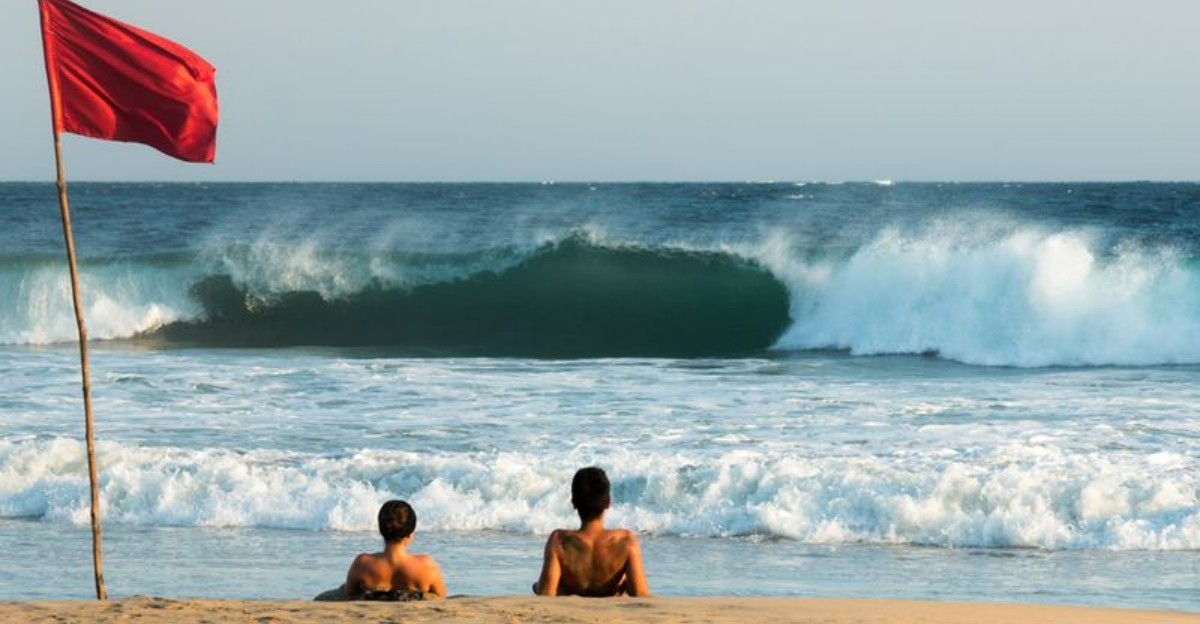
Not every stretch of sand is as carefree as it looks. While Mexico is home to some truly beautiful beaches, a few come with hidden risks – think strong currents, polluted waters, or safety concerns that can quickly ruin a getaway. I’ve put together this guide so you know where to tread carefully – or maybe not at all.
Before you book that ocean-view room, it’s worth knowing which spots might come with more trouble than tan lines. Ready to find out which beaches are better left off your itinerary?
1. Playa del Carmen’s Hidden Dangers
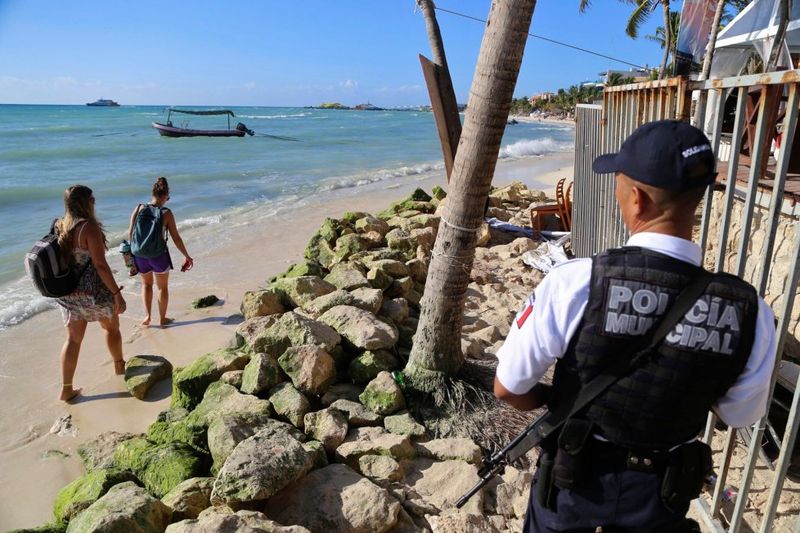
The crystal-clear waters might look inviting, but parts of Playa del Carmen have become hotspots for petty theft and tourist-targeting scams. Local police presence varies widely depending on where you wander.
Nighttime strolls along less populated beach sections can put you at risk. Drug-related violence occasionally spills into tourist areas despite authorities’ efforts to contain it elsewhere.
If you still want to visit, stick to resort-monitored sections and avoid displaying valuables. The northern beach areas tend to be safer than southern stretches where supervision becomes sparse.
2. Cancún’s Overcrowded Hazards
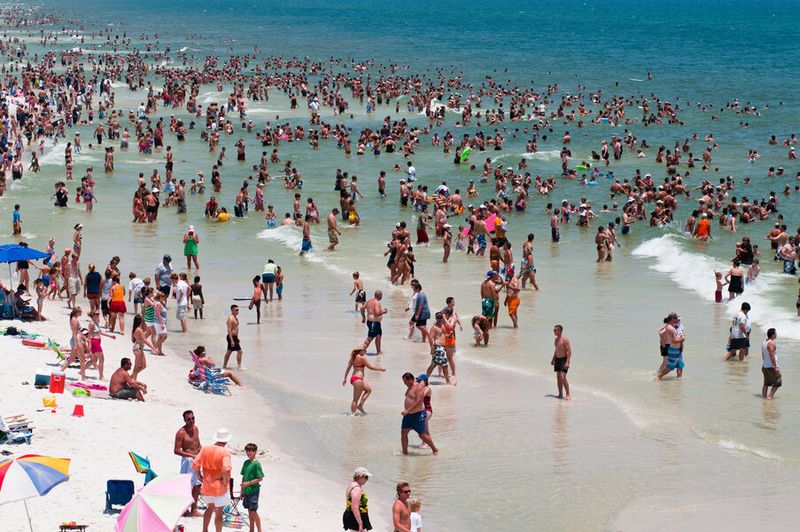
Once a pristine paradise, certain Cancún beaches now suffer from severe overcrowding that creates both safety and health concerns. The hotel zone beaches experience frequent rip currents that catch inexperienced swimmers off guard.
During spring break season, excessive partying leads to dangerous situations including drownings. Beach vendors can become aggressive when tourists decline their offers, creating uncomfortable confrontations.
Hurricanes pose serious threats between June and November, sometimes with inadequate evacuation procedures. If visiting during these months, have a clear safety plan ready before any storm warnings appear.
3. Tulum’s Environmental Nightmares

Behind Tulum’s Instagram-perfect façade lies growing environmental contamination. Raw sewage sometimes leaks into the water due to inadequate infrastructure, causing skin infections and stomach illnesses among swimmers.
The massive influx of tourists has damaged coral reefs and disrupted local ecosystems. Sargassum seaweed invasions have become increasingly problematic, bringing foul odors and sometimes dangerous bacteria.
Crime rates have risen as Tulum’s popularity increased, with reports of extortion targeting businesses and tourists. Resort areas offer better security than public beaches, where police patrols remain inconsistent.
4. Acapulco’s Troubled Waters
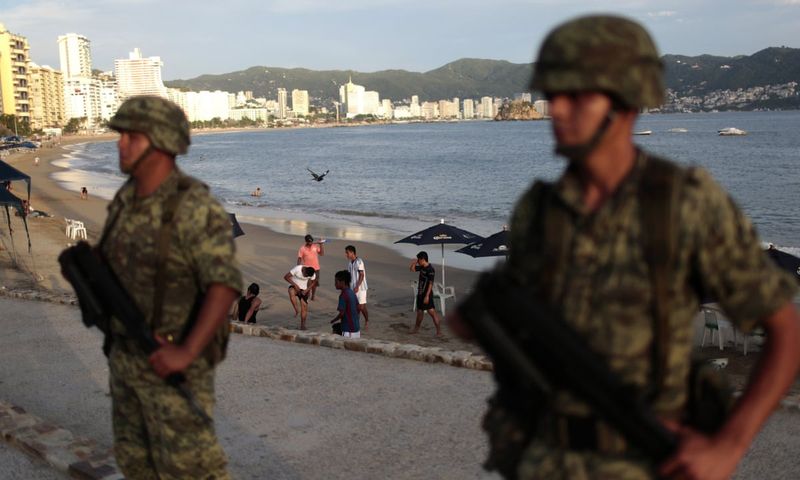
This former playground for Hollywood stars has faced persistent violence issues for years. Gang activity and drug cartel conflicts have made Acapulco one of Mexico’s most dangerous cities, with beach areas not immune to these problems.
Water quality tests frequently reveal high bacteria levels from inadequate sewage treatment. Beach robberies occur even in daylight hours, especially in less-monitored areas away from major resorts.
Hurricane season brings additional risks with powerful storms sometimes causing landslides in the steep hills surrounding the bay. Despite government cleanup efforts, many beaches remain contaminated with trash and industrial runoff.
5. Mazatlán’s Risky Shores
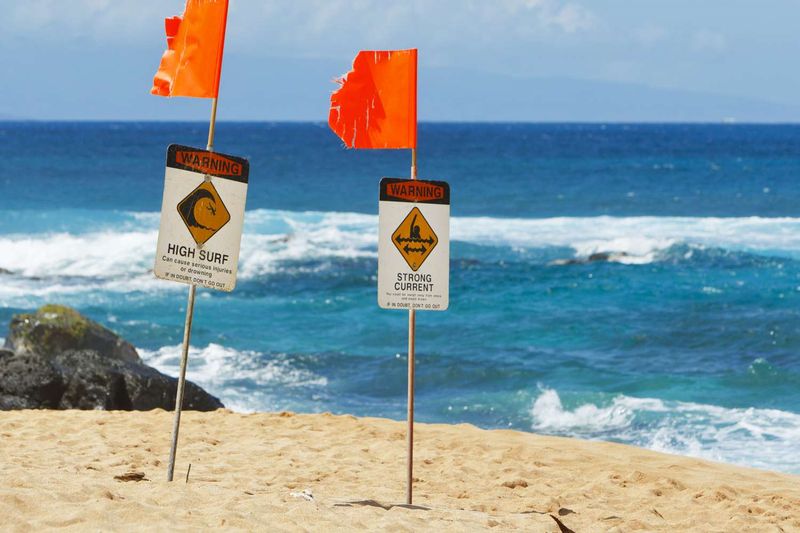
While parts of Mazatlán have improved safety-wise, certain beaches remain problematic. The northern shores experience dangerous undertows that have claimed multiple lives, often with insufficient warning signs posted.
Armed robberies occasionally occur on isolated stretches, particularly after dark. Water quality varies dramatically, with some areas receiving untreated wastewater during heavy rainfall events.
Street vendors can become surprisingly aggressive if you photograph them without permission or decline purchases. Stick to the Golden Zone beaches where tourist police maintain regular patrols and lifeguards actively monitor swimming conditions.
6. Puerto Vallarta’s Deceptive Beauty
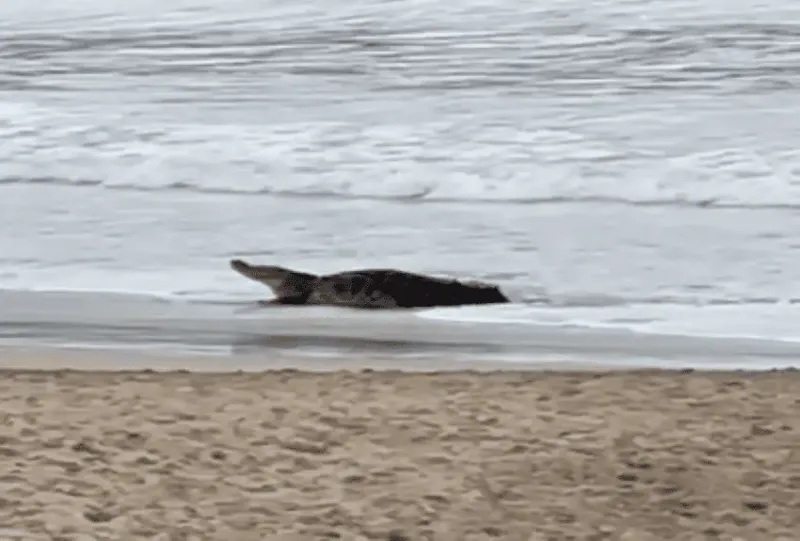
Though generally safer than many Mexican beach destinations, Puerto Vallarta hides specific danger zones. The southern beaches near the Mismaloya area have unpredictable currents that have caused drownings among confident swimmers.
Crocodile sightings occur regularly in estuaries connecting to beaches, particularly after heavy rains. These reptiles occasionally venture onto popular beaches, creating potentially deadly encounters.
Beach vendors selling unauthorized tours frequently scam tourists with fake excursions or overpriced services. When swimming, pay attention to flag warnings—red flags indicating danger are often ignored by visitors eager to enter the water.
7. Cabo San Lucas’ Deadly Undertows
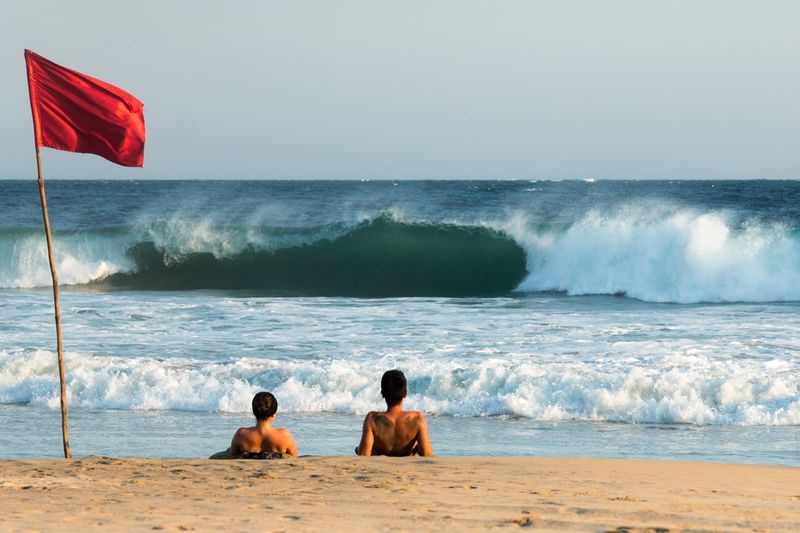
The meeting point of the Pacific Ocean and Sea of Cortez creates some of Mexico’s most dangerous swimming conditions. Most beaches in Cabo San Lucas feature powerful undertows and sudden drop-offs that have claimed numerous lives.
Medano Beach remains one of the few truly safe swimming spots. Other popular beaches like Divorce Beach have deceptively beautiful waters hiding killer currents.
Alcohol-related accidents are common as party boats drop off intoxicated tourists at beaches with dangerous conditions. Always check with hotel staff about current swimming conditions, as these can change rapidly with weather shifts.
8. Ixtapa’s Shark-Infested Waters

The gorgeous beaches of Ixtapa have experienced increasing shark activity in recent years. Bull sharks and tiger sharks occasionally venture close to shore, particularly during early morning and late afternoon hours when they actively feed.
Many tourists remain unaware of the potential danger, as warning signs are often insufficient or only in Spanish. The channel between Ixtapa and Isla Ixtapa has especially strong currents that have swept swimmers out to sea.
Water pollution levels spike during rainy season when runoff from inland areas contaminates coastal waters. If visiting, swim only in designated areas with lifeguard supervision and respect all warning flags.
9. Zihuatanejo’s Contaminated Coastline
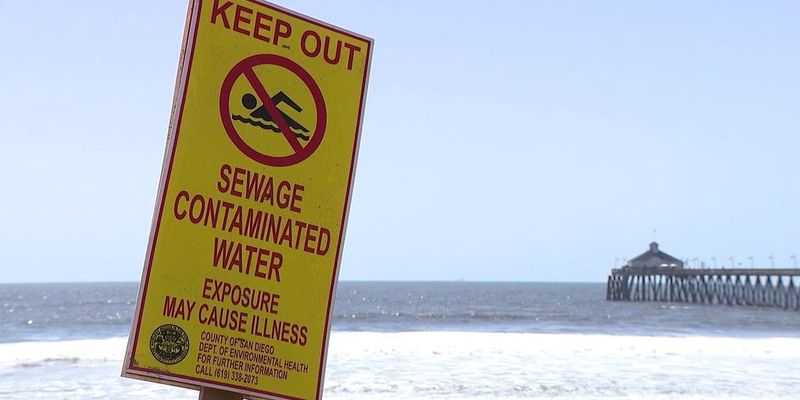
What once was a pristine fishing village now struggles with serious water quality issues. Testing of Zihuatanejo Bay regularly reveals high levels of fecal coliform bacteria from inadequate sewage treatment facilities.
Municipal beaches close to town suffer the worst contamination, while beaches further from population centers remain somewhat cleaner. Stomach illnesses and skin infections are commonly reported by swimmers who ignore posted warnings.
Petty theft occurs regularly along the main beaches, particularly when crowds thin out in late afternoon. For safer swimming, head to Playa La Ropa, which typically maintains better water quality and has more consistent security presence.
10. Veracruz’s Industrial Pollution
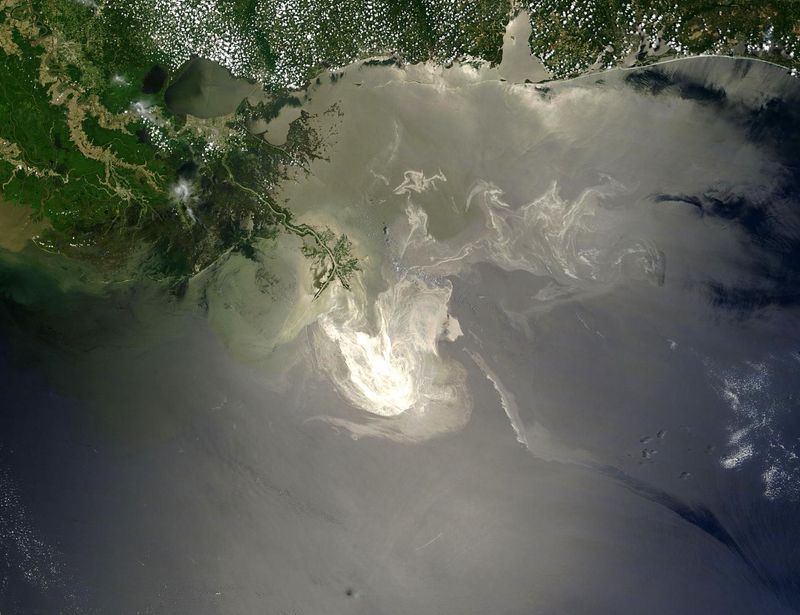
Heavy industry surrounding the port city of Veracruz has created serious environmental contamination along its beaches. Oil refineries and chemical plants discharge waste that sometimes reaches popular swimming areas, creating health hazards.
Strong currents and undertows make swimming dangerous even for experienced swimmers. Local fishermen warn about areas with particularly hazardous conditions, but tourists often miss these informal warnings.
Street crime occasionally spills onto beaches, with thieves targeting unattended belongings. Villa del Mar beach tends to be safer than others, but still suffers from intermittent water quality problems that local authorities are slow to address.
11. Coatzacoalcos’ Chemical Concerns

Home to one of Mexico’s largest petrochemical complexes, Coatzacoalcos beaches suffer from severe industrial contamination. The smell of chemicals often permeates the air, and water quality tests consistently show alarming levels of toxic substances.
Health officials regularly advise against swimming, though these warnings are not always prominently displayed. Local residents avoid certain beaches entirely due to known pollution hotspots.
Violent crime related to drug trafficking has affected beach areas in recent years. If business brings you to this industrial city, consider skipping the beaches entirely and finding recreational activities inland instead.
12. Ciudad Madero’s Murky Waters

Despite local pride in Miramar Beach, Ciudad Madero struggles with inconsistent water quality. The proximity to oil industry operations results in occasional spills that affect beach conditions.
During summer months, massive crowds create both safety and sanitation concerns. Lifeguards become overwhelmed, and emergency response times increase dramatically.
Rip currents form unpredictably along this stretch of coastline, particularly after storms. Local authorities have improved warning systems, but visitors often ignore flags and lifeguard instructions, resulting in preventable drownings each year.
13. Matamoros’ Border Beach Dangers
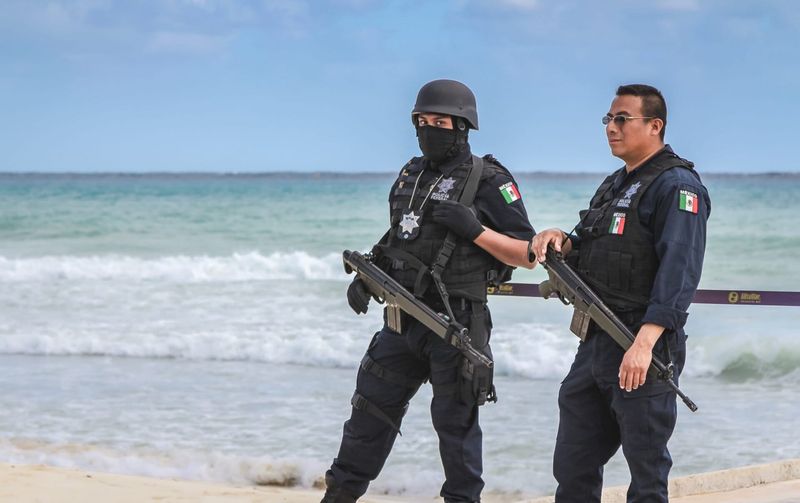
Located along the US-Mexico border, Matamoros beaches face unique security challenges. Cartel activity in the region has made these beaches unsafe for tourists, with violent incidents occurring sporadically.
Bagdad Beach, despite its historical significance, suffers from pollution and minimal security presence. Border patrol operations sometimes create tense situations that can escalate quickly.
Water quality remains poor due to industrial discharge from both sides of the border. Even locals often avoid swimming here, instead using the beaches primarily for fishing or brief visits. International travelers should consider this area strictly off-limits.
14. Nuevo Laredo’s Forgotten Shores
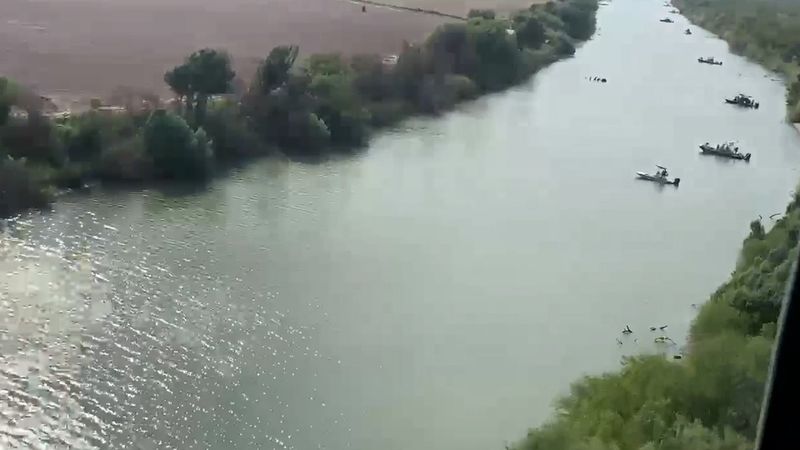
While not primarily known as a beach destination, Nuevo Laredo’s access points to the Rio Grande attract some visitors. These river beaches pose extreme safety risks due to unpredictable currents and border enforcement activities.
Water contamination levels remain dangerously high from industrial and agricultural runoff. Both American and Mexican authorities advise against any recreational water activities in this area.
Criminal organizations control much of the riverfront, making these areas extremely dangerous for tourists. The combination of security threats and environmental hazards places Nuevo Laredo’s river beaches among Mexico’s most dangerous water recreation spots.
15. Tampico’s Treacherous Shoreline
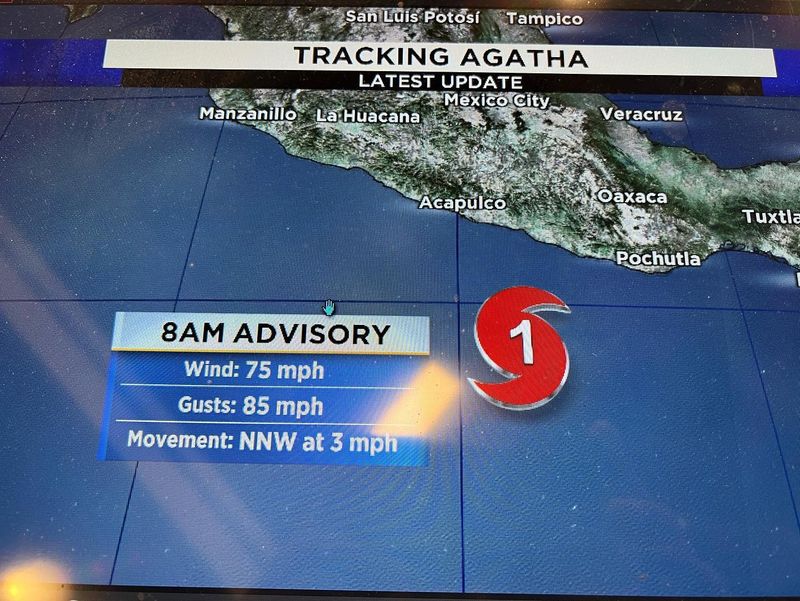
Hurricane vulnerability makes Tampico’s beaches particularly hazardous during storm season. The flat coastal topography provides little protection from storm surges that can develop with frightening speed.
Water quality suffers from the city’s outdated sewage system that overflows during heavy rains. Beach areas near the port show higher contamination levels from shipping operations and industrial activities.
Criminal groups occasionally use more isolated beach areas for operations, creating potential danger for tourists who wander too far from populated zones. Miramar Beach tends to be safer than other options but still requires caution, especially regarding water quality after rainfall.
16. Reynosa’s Risky River Beaches
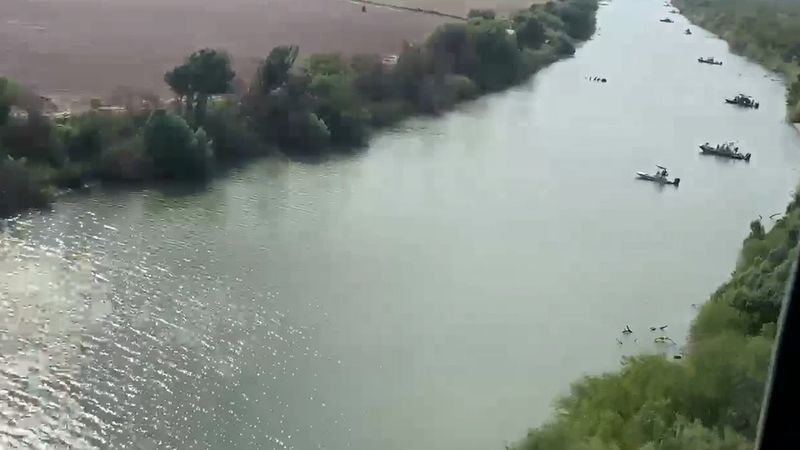
Similar to Nuevo Laredo, Reynosa’s riverfront beaches along the Rio Grande combine security risks with environmental hazards. Border patrol operations create unpredictable security situations that can endanger visitors.
Water testing reveals dangerous levels of agricultural chemicals and industrial waste. Bacterial contamination frequently exceeds safe standards by alarming margins.
Violent confrontations between criminal organizations occur in this region with disturbing frequency. Local authorities strongly discourage recreational use of these areas, especially for foreign visitors. The combination of security threats and pollution makes these among the most dangerous water recreation areas in all of Mexico.
